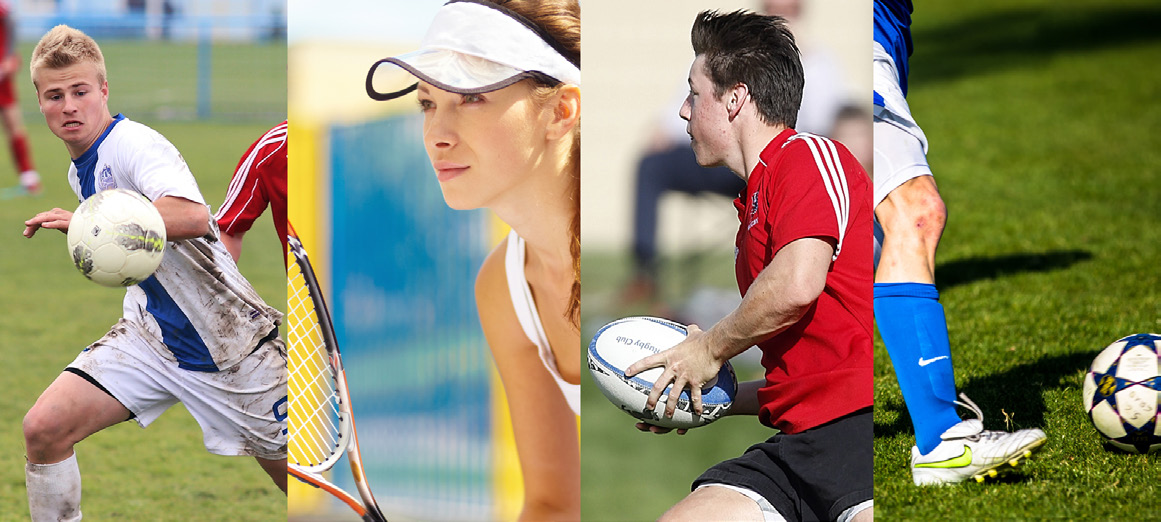2018 Winter Sports Injuries & Physiotherapy
Australia is a sports-loving nation, winter is a time when many of our most popular sports for both spectators & players are ‘in action’. Australian’s just can’t seem to get enough of AFL, Rugby League & Union plus the recent surge in netball, of course there are many other popular sports that most Aussie’s play in winter such as skiing & snowboarding just to name two. According to the Australian Bureau of Statistics (ABS), over 60% of Australians participate in sports and exercise programs – we just love sport.
The Medibank Private Safe Sports Report found that their member’s main motivation to exercise were (in order): general health and fitness, weight loss, to have fun and enjoy social benefits.
The report also revealed that ‘individual’ rather than ‘team-based’ activities were the most popular. This is consistent with published data from the ABS Year Book. Walking, aerobics, fitness, swimming and golf ranked among the top five participation sports/physical activities.
According to the Monash University Accident Research Centre approximately 5.2 M Australians suffer a sports-related injury each year. Surveys indicate that the most common injuries (in order) are to the knee, ankle, foot, back and shoulder. Many of these injuries arise from the very popular winter sports we play.
Statistically, sports injuries peak in the months of May, June and July. This is not surprising because cold muscles, tendons and ligaments increase your risk of sustaining injury & as well our most popular contact sports like rugby & AFL are played in these months.
The fear of sustaining a sports injury should not deter someone from participating in winter exercise/sport. Regular exercise has been shown to reduce the probability of developing heart disease, diabetes, mental illness and many types of cancer (particularly breast and colon cancer). The benefits certainly outweigh the risks.
In order to reduce the risk of a winter sports injury, your Physiotherapist is most likely to recommend some or all of the following:
- Get the correct advice on the right activity program for you
- Warm up and cool down
- Have the correct equipment for your activity
- Begin slowly and gradually build up to the challenge
- Keep hydrated
- Listen to your body
- Give yourself one or two recovery days each week
- Rest an injury, don’t try to ‘work through’ the pain
- Progress at your own pace and don’t overdo it
- Get a Physiotherapist check-up on a regular basis
Before beginning any exercise program, it is advised that you visit with your Physiotherapist, especially if you have had a previous injury or musculoskeletal condition. Your Physiotherapist is trained to assess/evaluate your body and offer valuable advice to assist you in preventing winter sports injuries.
If unfortunately, you do sustain a winter sports injury your local Physiotherapist should be your first port of call. They are best trained to assess & treat your musculoskeletal injury – no wonder all professional sporting teams have Physiotherapists on staff.



